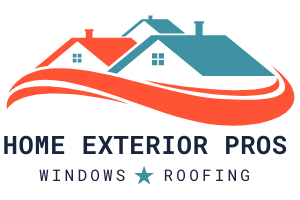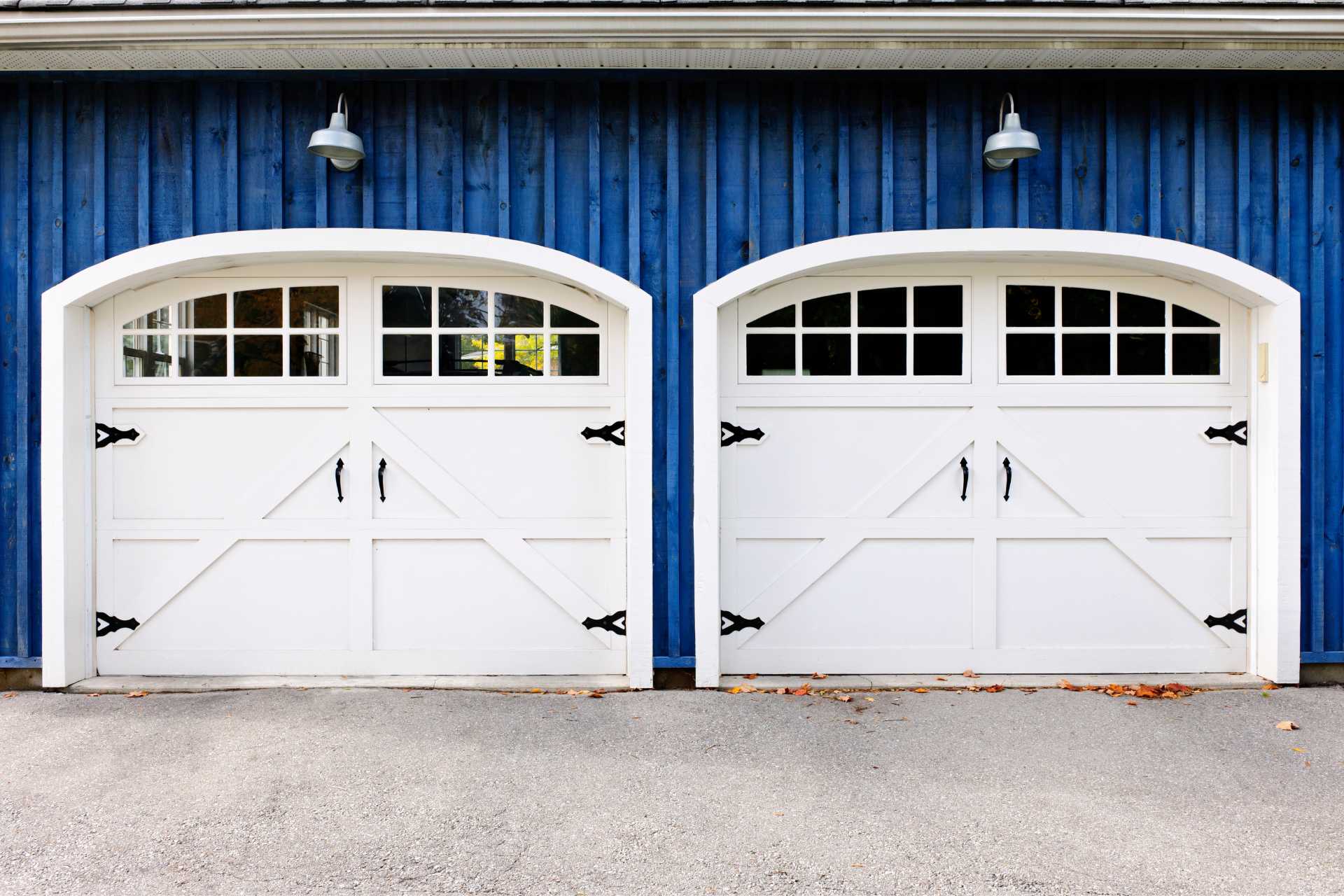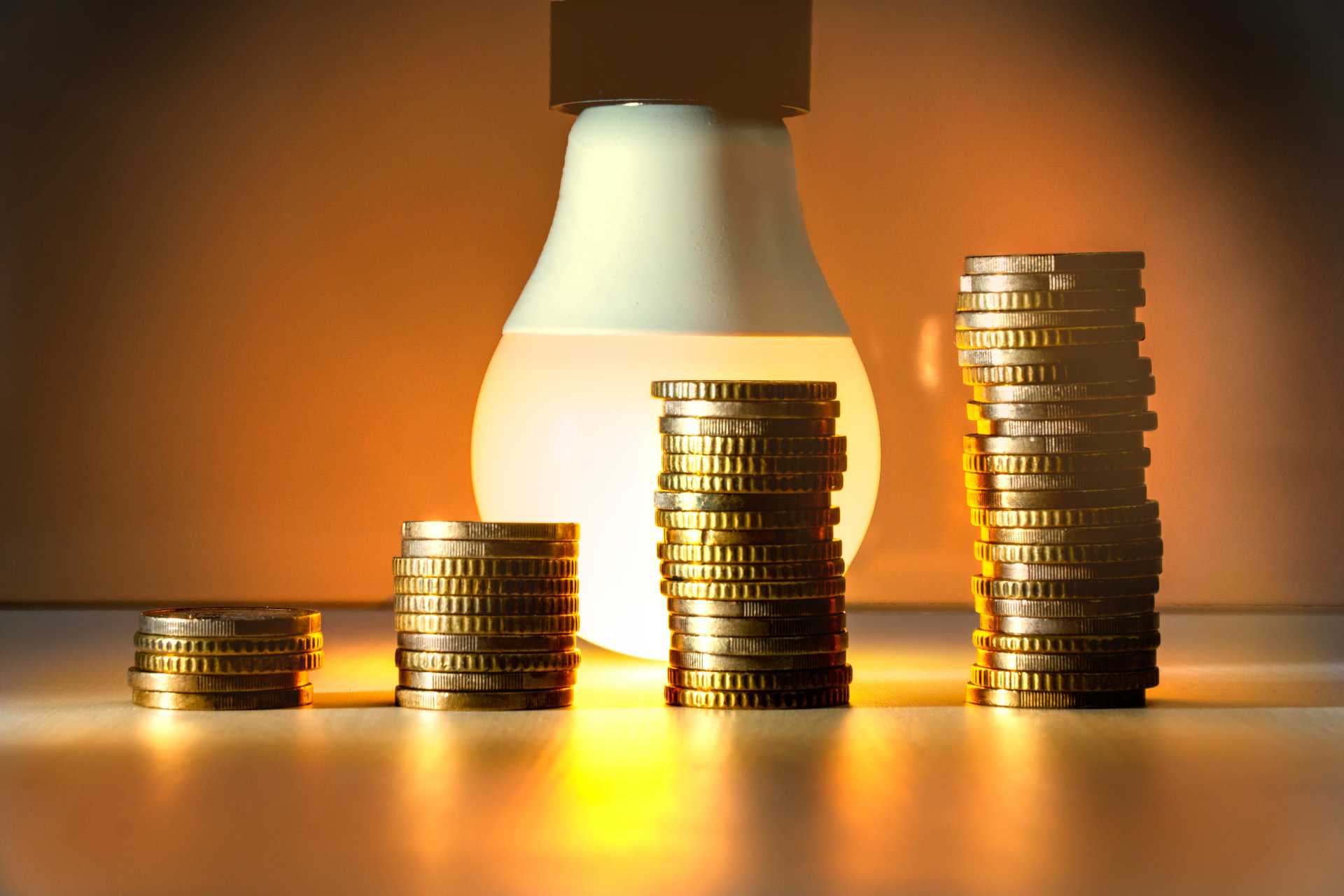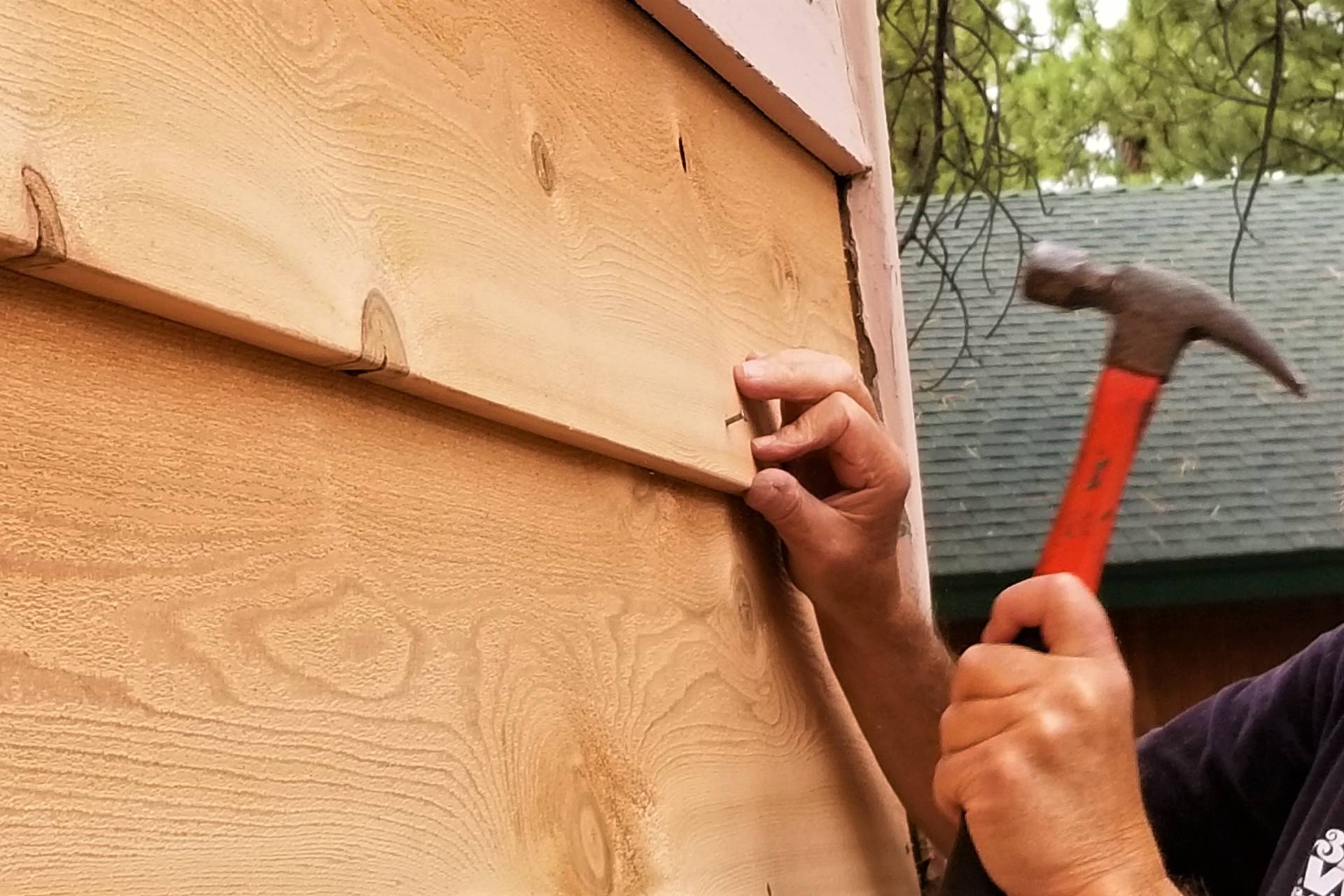The Ultimate Garage Door Buying Guide: What You Need to Know
When it comes to enhancing the curb appeal and security of your home, selecting the right garage door is crucial. This guide will navigate you through the myriad of options available, ensuring you make an informed choice that meets both your aesthetic preferences and functional needs.
Types of Garage Doors
There are different styles of garage doors, each with its own set of advantages tailored to the specific purpose of your garage door. The purpose of your garage door influences your door choice. Here are the common types of garage doors available in the market:
Roll-up Doors: Commonly used in commercial environments, roll-up doors are built for durability and high-frequency use, comprising slats that coil around a drum above the door opening.
Slide to the Side Doors: Ideal for garages with limited vertical space, slide to the side doors operate by bending slightly at the joints and running along a track parallel to the garage wall.
Side-Hinged Doors: Emulating old carriage doors, side-hinged doors swing open from a hinged frame on either side of the opening, offering a classic look suitable for traditional or heritage-style homes.
Tilt-Up Canopy Doors: Tilt-up canopy doors pivot outwards and upwards, then slide into the garage on horizontal tracks, with a portion of the door remaining outside, forming a canopy.
Tilt-Up Retractable Doors: Similar to canopy doors but without the external protrusion, tilt-up retractable doors lift up and into the garage entirely, retracting along the ceiling to maximize space.
Material Choices
Choosing the right material for your garage door is essential as it dictates not only the aesthetic appeal but also the performance and durability of the door over its lifespan. Here's how to consider the best material for your needs:
Steel
Steel is highly valued for its strength, security, and affordability, making it a great option for many homeowners. While it resists warping and cracking and can be insulated for energy efficiency, it may corrode if not properly maintained, especially in harsh climates.
Aluminum
Aluminum provides a lightweight yet durable alternative to steel, ideal for large garage doors to ease the strain on mechanisms. It offers superior resistance to rust and corrosion, particularly beneficial in coastal regions, though it is more susceptible to dents.
Wood
Wood doors offer unparalleled aesthetic appeal and customization options, adding warmth and classic charm to any home. They require consistent maintenance like painting or staining to prevent decay and are generally more costly, not ideally suited for very humid conditions without diligent upkeep.
Fiberglass
Fiberglass doors can replicate wood's appearance without the high maintenance, resistant to denting, cracking, and rusting, making them versatile for various settings. However, they may fade in strong sunlight and become brittle in very cold weather.
Vinyl
Vinyl is renowned for its durability and low maintenance, making it perfect for busy households or those who prefer minimal upkeep. These doors are typically built with a steel frame, ensuring strength while remaining maintenance-free and unaffected by rust or dents.
Insulation and Energy Efficiency
An insulated garage door enhances your home’s energy efficiency by helping maintain temperature control in the garage. This reduces energy costs by minimizing the heat exchange with connected indoor spaces. Polystyrene and polyurethane are common insulation materials. Polystyrene is affordable but less effective, while polyurethane, offering a higher R-value, also strengthens the door and reduces noise. Choosing the right insulation is a cost-effective way to increase comfort and protect your garage contents from extreme temperatures.
Safety Features
Safety should never be compromised. Modern garage doors come equipped with auto-reverse mechanisms and motion detectors to prevent accidents. It’s also vital to have a reliable manual control and emergency release, particularly during power outages.
Aesthetic Considerations
Your garage door should complement your home’s exterior. With various colours, textures, and window options available, customizing your door to fit your home’s style is easier than ever. Don’t shy away from adding windows or choosing a bold texture to make a statement.
Technology and Innovation
The rise of smart home technology extends to garage doors. Smart models can be operated remotely via apps, integrate with your home security system, and even alert you if left open.
Maintenance and Durability
Routine maintenance such as regular inspections and lubricating moving parts can extend the life of your garage door. Understanding common issues specific to the material and type of your door can also aid in preventative maintenance.
Cost Considerations
Costs vary widely based on material, style, and insulation. Set a budget early on and consider long-term benefits like durability and energy savings when making your selection. Remember, investing in a higher-quality door can save money on repairs and replacements down the line.
Choosing the Right Vendor and Installer
Choosing a reputable vendor and installer is as important as selecting the door itself. Look for businesses with strong warranties, good reviews, and professional certification. Proper installation ensures optimal performance and safety of your garage door. Always hire a professional to install your garage door to guarantee it is installed safely and correctly.
Making the Right Choice for Your Garage Door
Selecting the right garage door is a substantial home improvement decision that affects your home's aesthetic, security, and energy efficiency. Armed with this guide, you are ready to choose a door that not only looks great but also meets your needs for years to come.
Addressing Overlooked Energy Drains in Your Home
In the quest for a more energy-efficient home, homeowners often focus on the big hitters: upgrading insulation, installing high-efficiency heating systems, and ensuring their homes are well-sealed. However, numerous smaller, often overlooked aspects contribute significantly to energy drains. This blog delves into these hidden drains on your home's energy and offers practical solutions to mitigate them, helping you save money and reduce your environmental footprint.
Identifying Overlooked Energy Drains and Addressing Them
Windows: The Silent Energy Leakers
Poorly insulated or inefficient windows can be a significant source of energy loss, affecting your home's heating and cooling costs. In winter, they allow heat to escape, while in summer, they let in unwanted heat, forcing HVAC systems to work harder. The main factors include the type of glass, single vs. double or triple glazing, and the presence of leaks around frames. Here are some solutions to this problem:
- Seal Gaps and Leaks: Applying weather stripping or caulking around window frames can prevent air leakage.
- Install Window Treatments: Heavy curtains or cellular shades can enhance insulation and minimize heat transfer.
- Upgrade Windows: Window replacement, if seen as necessary, is a practical solution to reduce energy costs. Changing from single-pane windows to double-glazed or energy-efficient ones offers better insulation.
Doors: Gateways to Energy Loss
Inefficient doors with gaps or poor seals can allow unwanted drafts into your home. These gaps, however minimal they might seem, allow drafts to enter, disturbing the controlled climate inside your home and forcing heating and cooling systems to overcompensate for the lost or gained heat. This not only leads to discomfort but also spikes in energy bills. Here are practical ways to address this issue:
- Replace Weather Stripping: Worn weather stripping should be replaced to block drafts effectively.
- Install Door Sweeps: Door sweeps can prevent drafts from sneaking in under exterior doors.
- Consider Door Replacement: Upgrading to an energy-efficient door can be a sound investment for reducing energy loss.
Insulation: The Invisible Shield
Insulation helps reduce energy costs because it makes sure the home remains warm in the winter and cool in the summer. Inadequate insulation in walls, floors, ceilings, and attics can lead to significant heat loss or gain. When insulation is inadequate—whether in walls, floors, ceilings, or attics—it compromises this barrier, allowing external weather conditions to more significantly influence the indoor climate. This not only leads to discomfort but also forces heating and cooling systems to operate more intensively, resulting in higher energy consumption and costs. Below are some suggestions to ensure that insulation is enough inside your house:
- Add Additional Insulation: Boosting insulation in key areas like attics can dramatically improve your home's energy efficiency.
- Use Insulating Paint: In older homes, insulating paint or thermal lining wallpaper can be an easy fix for improving insulation.
- Seal Ductwork: Properly sealing and insulating heating and cooling ducts can prevent energy wastage.
HVAC System: The Heart of Home Comfort
An outdated or poorly maintained HVAC system can significantly increase energy consumption. An inefficient system has to work harder and longer to achieve desired temperature settings, which not only elevates energy use but can also lead to premature wear and tear, reducing the system's lifespan. The following are a few tips for maintaining your HVAC system:
- Regular Maintenance: Annual servicing and regular filter replacements can keep your HVAC system running efficiently.
- Upgrade Your System: Investing in a high-efficiency HVAC system with a high SEER rating can reduce energy costs.
- Install Ceiling Fans: Ceiling fans help distribute air more efficiently, easing the load on your HVAC system.
Thermostat: The Control Center
Inaccurate thermostat settings or outdated models can lead to unnecessary heating or cooling. Outdated thermostats lack the precision and programmability of modern devices, often causing the HVAC system to run longer than needed or at inefficient times. To deal with this problem, the following steps could be effective:
- Install a Programmable Thermostat: Automating your heating and cooling schedule can lead to significant energy savings.
- Smart Thermostats: Upgrading to a smart thermostat offers precise control and remote adjustments, further optimizing energy use.
Air Leaks: The Silent Energy Thieves
Gaps and cracks in your home's envelope can allow conditioned air to escape, increasing energy bills. This not only results in increased energy bills due to the HVAC system having to work harder to maintain the desired indoor climate, but it also compromises the comfort of your living spaces. Common areas where leaks occur include windows, doors, attics, and places where piping and wiring penetrate walls. Sealing these leaks with caulking or weatherstripping is a cost-effective way to enhance your home’s energy efficiency. Ways to fix it include:
- Conduct an Energy Audit: Identifying air leaks through a professional audit can pinpoint areas for improvement.
- Seal Leaks: Caulking and weather-stripping are effective solutions for sealing leaks around your home.
- Address Larger Gaps: Spray foam insulation or rigid foam boards can tackle more significant leaks.
Appliances: The Hidden Energy Guzzlers
Old or inefficient appliances can consume far more energy than necessary. These include refrigerators, washers, dryers, and dishwashers that, over time, can become less effective at their jobs while consuming an excessive amount of electricity. The energy drain from using outdated appliances can lead to noticeably higher energy bills, as these machines require more power to operate than their modern, energy-efficient counterparts. Some fixes are:
- Energy-Efficient Replacements: Opt for high-efficiency appliances for your next upgrade to elevate your home’s energy conservation and savings.
- Maintain Existing Appliances: Simple maintenance, like cleaning refrigerator coils, can enhance efficiency.
- Use Appliances Wisely: Adopt habits like washing clothes in cold water to reduce energy use.
Beyond the Basics: Uncommon Tips and Tricks to Address Energy Drains
- Regular Maintenance: Keeping HVAC systems and appliances in top condition can significantly improve energy efficiency.
- Window Treatments: Curtains, blinds, and other treatments can play a crucial role in temperature control.
- Behavioural Adjustments: Small changes, such as shorter showers and adjusting thermostats, can make a big difference.
Implementing Changes and Monitoring Results
- Energy Audit: A comprehensive home energy audit can reveal specific improvement areas.
- Tracking Energy Usage: Monitoring energy use over time can help identify trends and areas for adjustment.
- Setting Goals: Establish realistic energy-saving goals based on your audit and monitoring results.
Unlocking Savings and Sustainability: Tackling Hidden Energy Drains in Your Home
Addressing the less obvious energy drains in your home can lead to substantial savings and environmental benefits. By taking a comprehensive approach, from sealing leaks to upgrading appliances, you can enhance your home's energy efficiency and comfort. We invite you to share your experiences or tips in the comments section, fostering a community of energy-conscious homeowners.
Together, let's make our homes more energy-efficient, one overlooked area at a time.
5 Signs Your House Needs a Siding Repair
In addition to improving your home’s visual appearance, siding protects the exterior walls of your home from weather and water damage as well as provides additional insulation to your home. Keeping your home’s siding well-maintained can help prevent issues, such as water damage, structural issues, mold growth, and pest infestations. As such, it is essential to perform regular inspections of your home’s siding and to promptly address any issues uncovered. Here are 5 signs that your house needs a siding repair:
1. Visible Damages
Visible damage, such as cracks, holes, or chips, on the siding is an indicator that your house’s siding may need repair. Cracks, holes, and chips in the siding create openings that allow moisture to infiltrate the underlying layers of your home’s walls, which, if unattended, can lead to water damage. These small openings can also serve as entry points for pests, like insects or rodents, into your home. If not promptly addressed, small damages can lead into more extensive and expensive issues over time. To prevent further complications, promptly addressing any visible damage on your home’s siding is important. Doing so can help maintain your home’s structural integrity as well as its visual appearance.
2. Warped or Buckled Panels
Another sign that your home’s siding needs repair is warped or buckled panels, which indicate that the siding material has gone through changes that can affect functionality, appearance, and integrity. Warped or buckled siding panels can occur due to excessive moisture or improper installation. As an effect, these irregularities create a visibly uneven surface, which can impact the overall appearance of your home. Furthermore, warped or buckled siding can create gaps or openings that allow moisture or pests to enter the layer beneath, potentially leading to structural issues, water damage, mold growth, and pest infiltration. The gaps can also affect the insulation properties of the siding, reducing energy efficiency within your home.
3. Mold and Mildew Growth
The presence of mold or mildew on or around your home’s siding is a strong indication that siding repair is needed. Mold and mildew growth thrive in moist environments and can create unsightly stains and discolorations on your home’s siding. As such, mold or mildew on siding surfaces can signal underlying moisture problems, which can lead to water damage, rot, and deterioration of the siding and, potentially, the structure. If left unchecked, mold and mildew can spread to adjacent areas and increase the scope of necessary repairs.
Mold and mildew also come with a musty odour that can permeate both the interior and exterior of your home. This can be unpleasant for your family and guests. Furthermore, mold and mildew growth poses health risks to occupants. Exposure to mold spores can lead to allergies, respiratory issues, and other health problems. To protect your family’s health, it is important to address mold growth immediately.
4. Loose or Missing Panels
Siding panels that are loose, hanging, or missing are clear indicators that siding repair is necessary. Aside from affecting the exterior appearance of your home, loose or missing panels leave the underlying structure of your home vulnerable to damage. Loose or missing panels create gaps that allow rain, wind, and other environmental elements to penetrate beneath the siding, which can lead to water damage, pest entry, mold growth, rot, and deterioration. If unattended, nearby panels can also become loose due to exposure to weather conditions, enlarging the damaged area of the siding and posing safety concerns in the surrounding area. Loose and missing siding panels can eventually weaken the structural integrity of your home. Furthermore, gaps in the siding can inadvertently allow conditioned air to escape and outdoor air to enter your home. This could decrease energy efficiency in your home and potentially increase your energy bills.
5. Increased Energy Bills
Unexplained increases in your energy bills can be a sign that the siding needs to be repaired or replaced. Since siding provides an additional layer of insulation, it can help regulate indoor temperatures in your home. If your siding is damaged, warped, or poorly sealed, it can compromise your home’s insulation and force your air conditioning or HVAC system to work harder to maintain a comfortable temperature within your home. Gaps, cracks, or loose siding panels can allow outdoor air to enter your home and indoor air to escape, creating drafts that make your home feel less comfortable. Some areas may feel cooler or warmer than others, which may lead you to adjust your thermostat more frequently. As such, if you’ve noticed sudden and unexplained spikes in your energy bills, it could be an effect of compromised siding.
If you suspect that your home’s siding might need repairs or replacement, it is a good idea to seek the services of a professional. A professional can assess the condition of your siding and recommend the appropriate repairs or replacements to keep your home protected and maintained.



